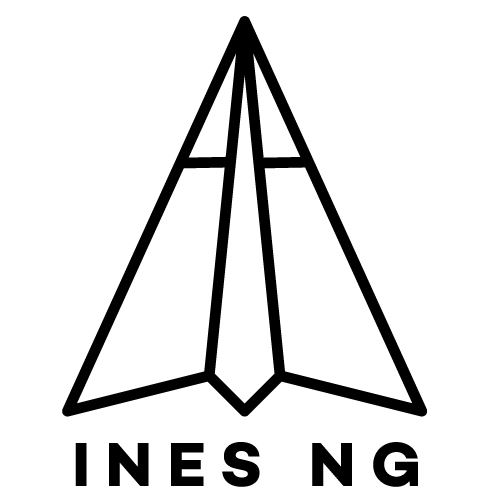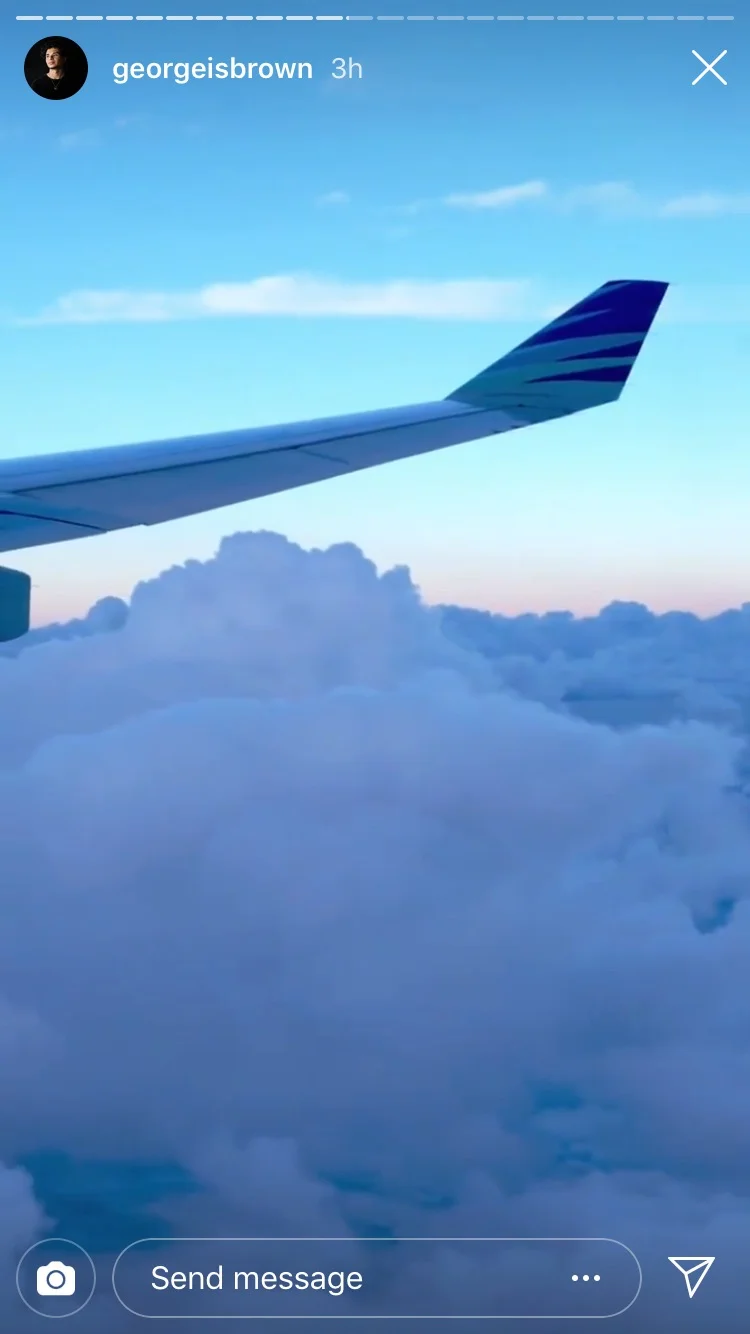I’ve always been a Photoshop kinda gal. It might not be as good for layouting as InDesign, animate as well as Animate, or handle vectors as well as Illustrator, but Photoshop’s Jack-of-all-trades nature resonates with me and it has always been my software of choice.
That being said, my appetite for new skills has recently had me exploring Illustrator once again. I have used it for making some game assets previously and, whilst not nearly as intuitive in UI as Photoshop, it does certainly have its advantages.
Having recently used illustrator for some commission work here, I decided to start turning the focus of the program to things that I enjoyed drawing and were more relevant to my interests. I started a series called ‘Unloved Creatures’, illustrating some of nature’s less-loved but still fascinating animals.
I have also been following along with several online tutorials and playing around with recreating photos. So far I’ve really been enjoying the process and I’ve been pleasantly surprised by how easy it is to pick up!
Next stop, super-cool logo design.
Photo by my dear friend George Brown
Illustrator rendering, with some creative liberties taken
‘Olm’ from Unloved Creatures
‘Cameroon Black Millipede’ from Unloved Creatures









